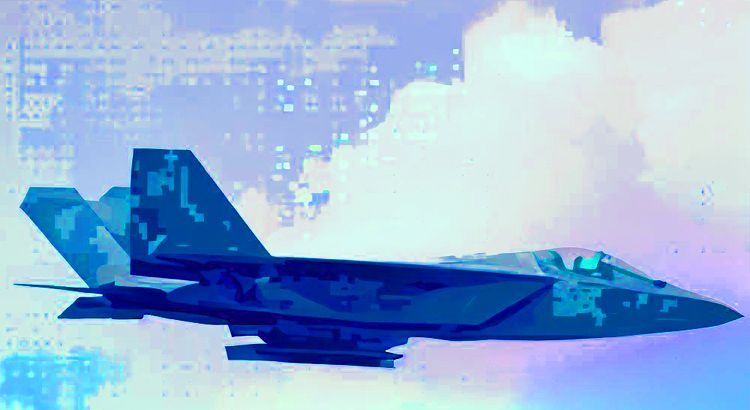
Are we ready for a flying car?
Angela Giles, Prin. Sr. Product Marketing Mgr.
April 29, 2021
As time passes, inventions tend to become ingrained in our everyday lives and less magical once the novelty wears off. I imagine people from the 1920s considered inventions and innovations of that time pretty amazing. Widespread availability of electricity brought to life radio broadcasts, traffic signals and television. As these wonders of technology have always been a part of my life, admittedly, I take them for granted and don’t have the same level of appreciation for them as someone seeing or hearing them for the first time.
Fast forward to present day. I very well may become one of those who marvels at what will be one of mankind’s greatest achievements—a truly autonomous flying vehicle. Like many innovations of the past, there are a lot of moving parts that must work seamlessly to successfully—and safely—produce a flying vehicle.
From a technology standpoint, the processing capability to capture, store, manipulate, and disseminate the sensor data necessary to launch, maneuver, land and park an autonomous vehicle is available today. It’s when introducing other elements—passengers, stationary object avoidance, other flying cars—that safety-critical performance becomes a focus. The onboard processing demands of smarter, more integrated avionics applications such as urban air mobility (UAM) platforms (e.g., a flying car) are overloading the single-core processors traditionally used to meet safety-certifiable computing requirements.
Multicore processors, first introduced in 2001, have found footing in virtually every aspect of computing applications, yet their adoption has been slow in those applications requiring safety certification. Moving from a single-core processor to a multicore processor can expose a system to hidden non-determinism due to invalid assumptions about resource availability. Designed by silicon vendors to improve average core performance, multicore processors are designed to share resources, which introduces control interference and non-determinism. (A non-deterministic algorithm can exhibit dissimilar behaviors on different runs even with the same input.) Flight safety is reliant on computing systems performing the same action every time within a given timespan when the system encounters a specific scenario. Unreliable behavior from your pet is annoying; unreliable behavior from the computer controlling your flying car can be catastrophic. Injecting disruption and complexity into the safety decision process is why achieving DO-254 (RTCA) or DAL (Design Assurance Levels) certification with multicore processors is so challenging.
Mercury solved this challenge by working closely with Intel to design the award-winning CIOE-1390 COM Express module: a powerful DAL-certifiable multicore processing solution with deliverable design assurance level artifacts that addresses the increasing application performance demands for higher-definition displays in mission-critical, flight-safety applications. Powered by an Intel Atom® multicore processor, the CIOE-1390 provides a full x86 processing architecture and integrated GPUs featuring Intel’s latest graphics. Supported with BuiltSAFE™ technology, the CIOE-1390 modules are available initially with DO-254 DAL-C flight safety certification evidence for the circuit card assembly and DO-178C DAL-C evidence for the highly optimized custom BIOS and bootloader software, with plans to offer higher DAL levels. The availability of these artifacts enables system safety certification to be performed faster, at a lower cost and with less risk than by other approaches. Only the size of a credit card, the rugged CIOE-1390 module delivers the processing power required to solve complex mission-critical compute problems that help ensure an autonomous flying vehicle and other graphic-intensive avionics applications have the onboard processing muscle needed to perform, flawlessly.
I’m intrigued at the prospect of witnessing a sky highway populated with driverless vehicles. Even more so, knowing that through Mercury’s commitment to Innovation That Matters® we are delivering the technology solutions critical to making the world a safer, more secure place for all. Beep, Beep.
Learn more about Mercury’s:
Avionics Safety-Certifiable Subsystems








 The Impact of the Pandemic on the Future of Work
The Impact of the Pandemic on the Future of Work Why Patience, Empathy and Kindness Are Important Attributes of Great Leadership
Why Patience, Empathy and Kindness Are Important Attributes of Great Leadership